If you’re dealing with a painful or immobilizing bony fracture, you know how challenging it can be to simply move around or manage daily tasks. At The PT Zone, our specialized rehabilitation programs help you safely regain strength and function while minimizing complications during your recovery process.
- Restore proper alignment and mobility in the affected region
- Encourage healthy bone healing through targeted weight-bearing exercises
- Reduce stiffness and pain in the surrounding muscles and joints
- Improve overall strength to prevent future fractures or setbacks
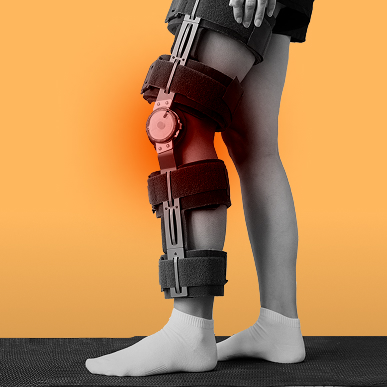
Reclaim Your Strength and Step Back Into Life
Bony fractures can occur due to various incidents such as falls, high-impact sports, or underlying bone fragility. While the pain and immobilization often require initial stabilization—like a cast or surgical intervention—the real challenge comes afterward: helping the bone and surrounding tissues recover so that you can resume normal activities. At The PT Zone, we view rehabilitation as a structured path to not just restore function, but also to enhance your overall musculoskeletal health. This involves carefully designed exercises that stimulate bone healing, encourage proper alignment, and address muscle weaknesses that may have developed while you were immobilized.
During our initial evaluation, we look at your fracture type, the stage of your healing, and any compensatory movement patterns you might have developed. Our therapists then create a plan tailored to your unique situation, focusing on strengthening the affected area and gradually restoring your range of motion. We use a blend of hands-on techniques, controlled weight-bearing, and stability exercises to reduce pain and set the stage for a safe return to everyday tasks. By closely monitoring your progress, we can adjust each step of therapy to ensure you advance without overloading the healing bone.
It’s also common for patients to experience muscle atrophy or joint stiffness around the site of the fracture, especially after prolonged immobilization. That’s why our approach goes beyond simply waiting for the bone to mend. We engage you in targeted exercises that gradually reintroduce stress to the affected limb, promoting healthy bone remodeling and enhancing muscle support. Our team will guide you through this progression, ensuring that each exercise is performed safely and with proper form to avoid setbacks.
Moreover, education is central to our philosophy. We teach you strategies for minimizing strain on the injured area, advising on posture, proper use of assistive devices, and gradual increases in activity. By understanding how the bone heals and the role that physical therapy plays in that process, you become an active participant in your recovery. Coupled with our hands-on interventions, this knowledge equips you with the confidence to move forward, literally and figuratively, as your fracture heals and your strength returns.
Our Therapies for Bony Fracture Recovery:
Explore our targeted services aimed at enhancing bone healing, minimizing discomfort, and restoring your full range of motion.
-
Balance Training

Balance Training is a specialized approach that strengthens stabilizing muscles, enhances coordination, and reduces fall risks, ultimately improving posture and promoting confident movement.
-
Certified Manual Therapy
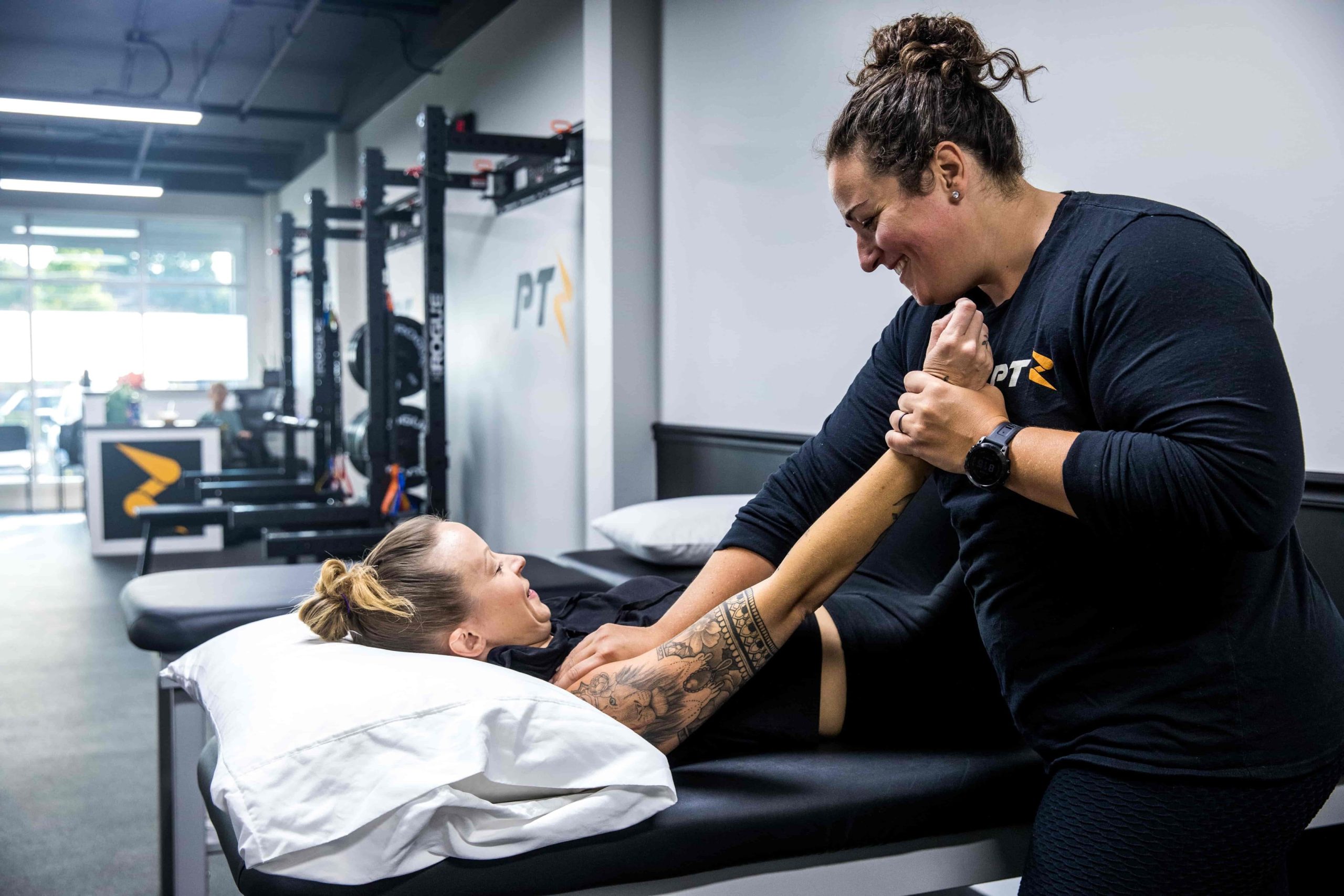
Certified Manual Therapy is a hands-on approach that addresses joint, muscle, and connective tissue dysfunction, reducing pain, improving alignment, and promoting faster, more efficient recovery.
-
Cupping

Cupping therapy is an ancient healing technique that uses suction to enhance circulation, relieve muscle tension, and promote the body’s natural recovery process.
-
Dry Needling
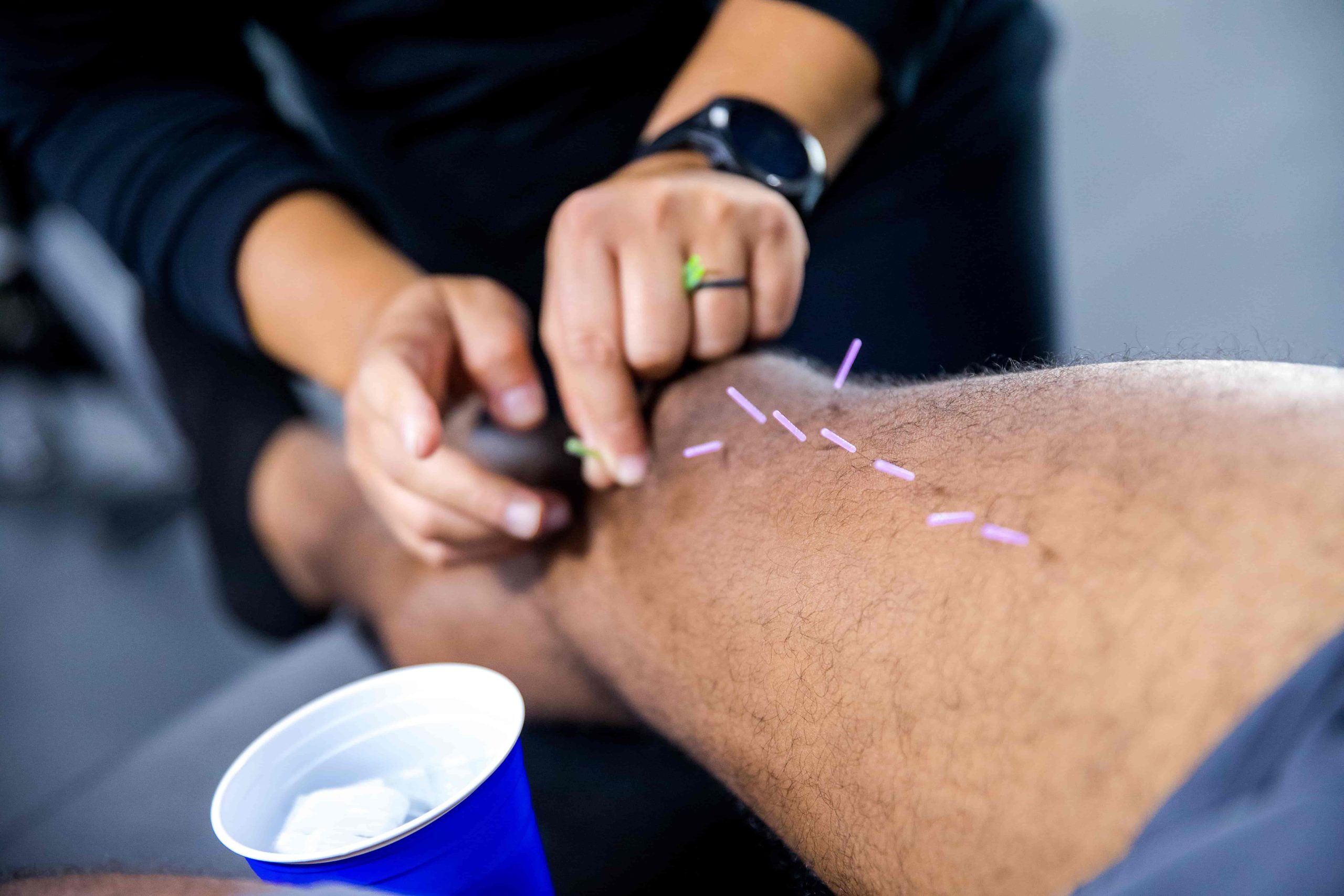
Dry needling is a modern therapy that targets muscle trigger points with thin needles to relieve pain, reduce tension, and restore mobility.
-
Gait Training
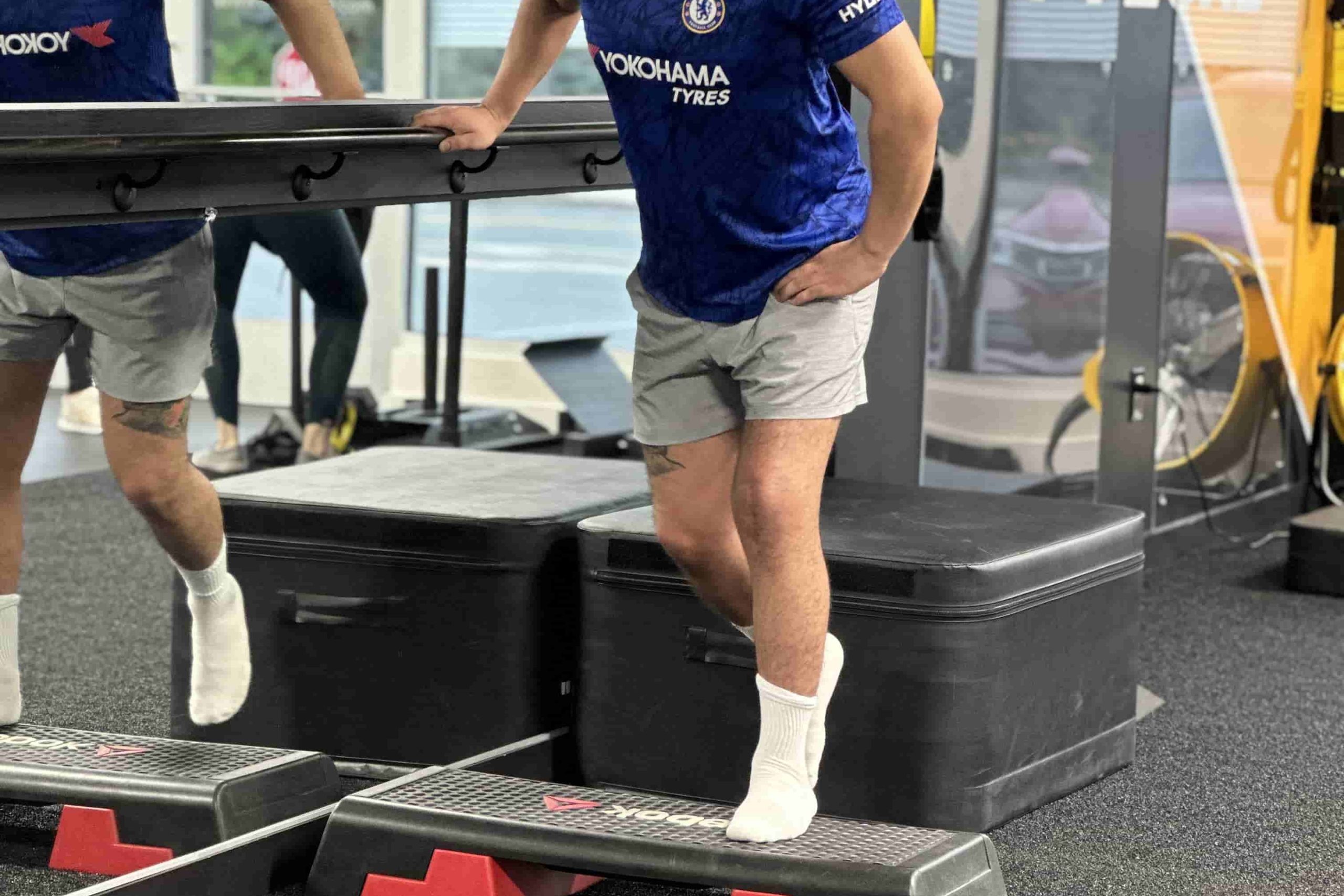
Gait Training is a specialized approach that enhances walking mechanics, improves lower-limb strength, and reduces re-injury risks, ultimately promoting more efficient movement.
-
Graston Technique
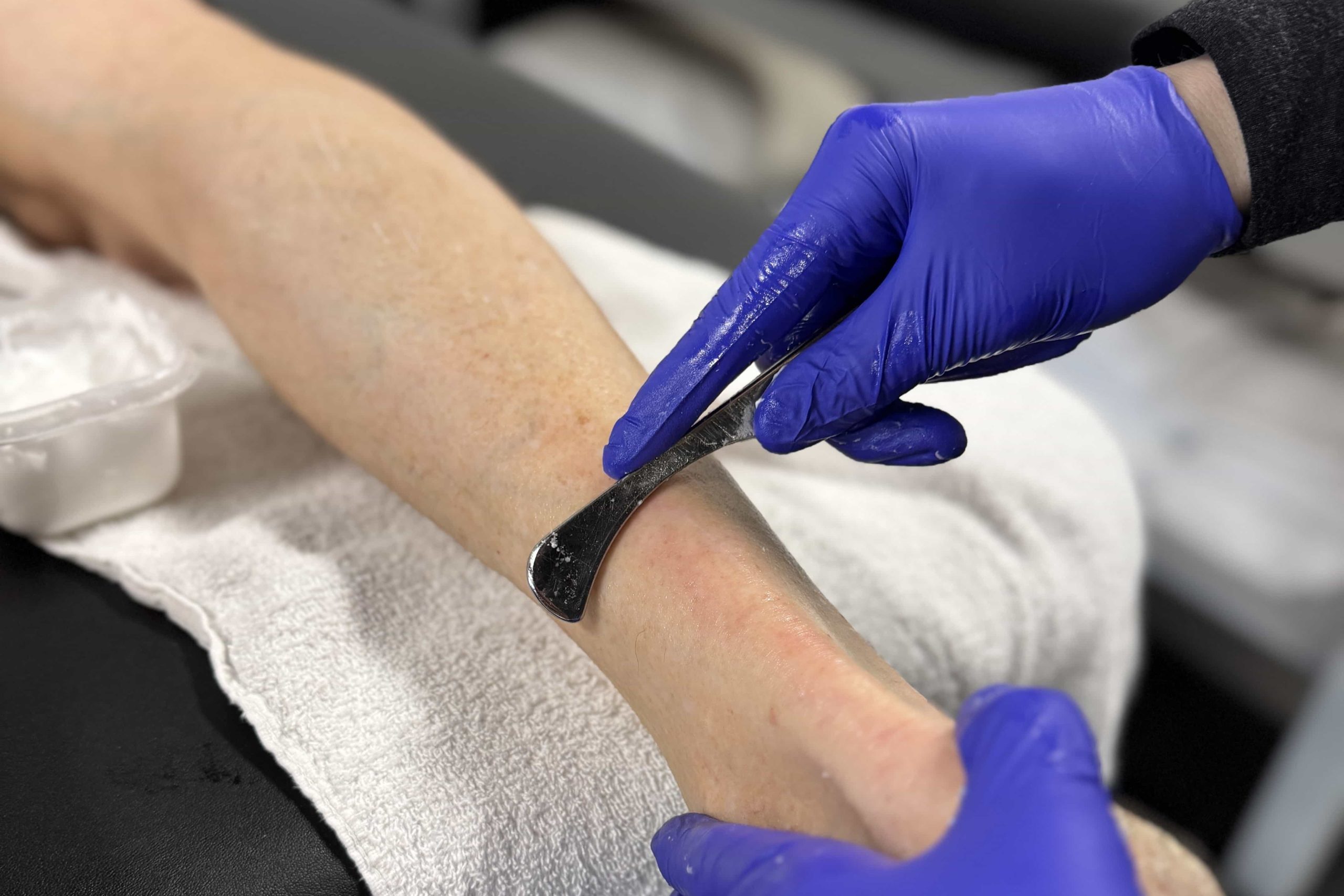
Graston Technique is a specialized manual therapy that uses stainless steel instruments to break down scar tissue, improve mobility, and accelerate healing.
-
Kinesiotaping
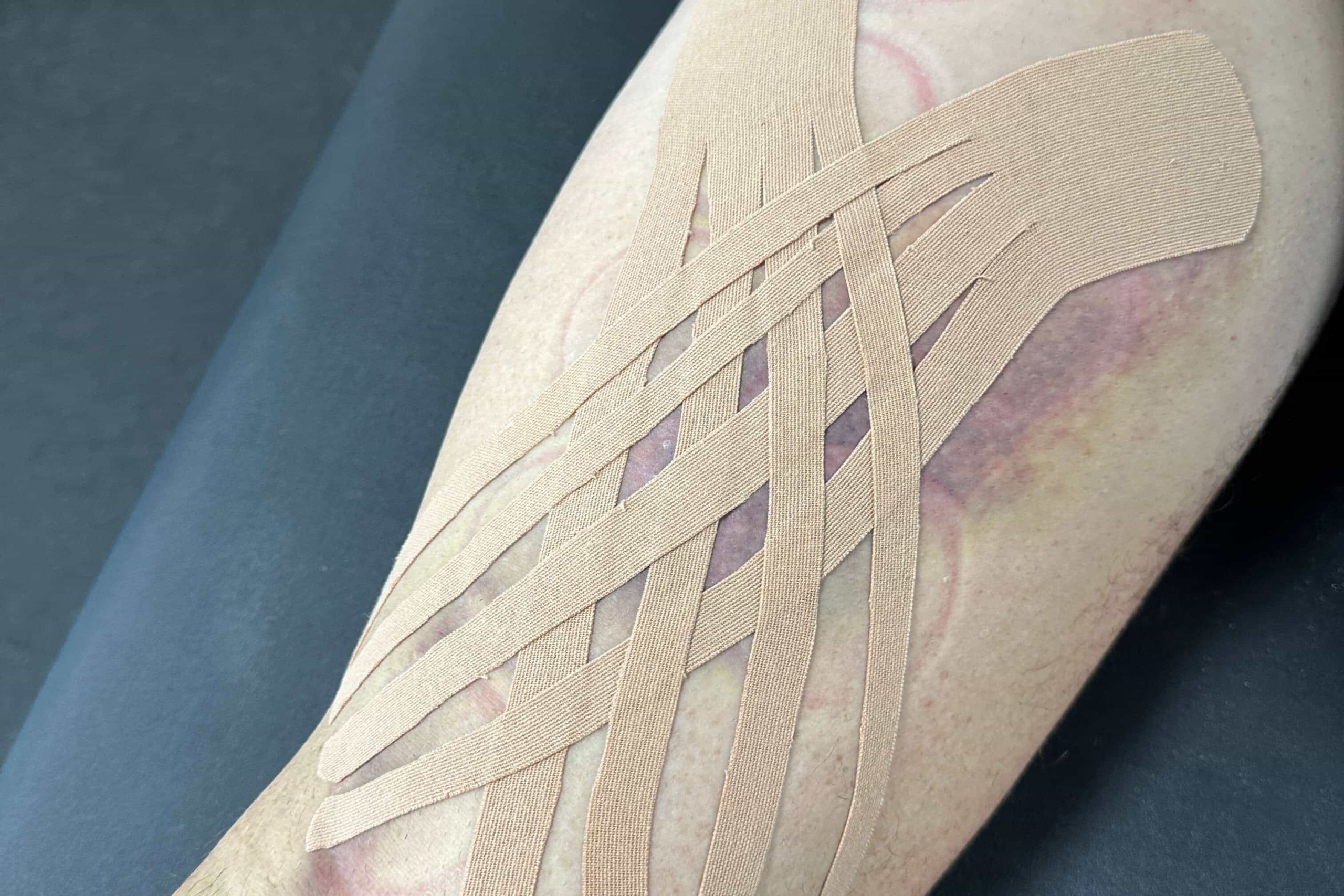
Kinesiotaping is a flexible taping method that provides gentle support, improves circulation, and helps maintain natural movement for a more comfortable and effective recovery.
-
Manual Traction
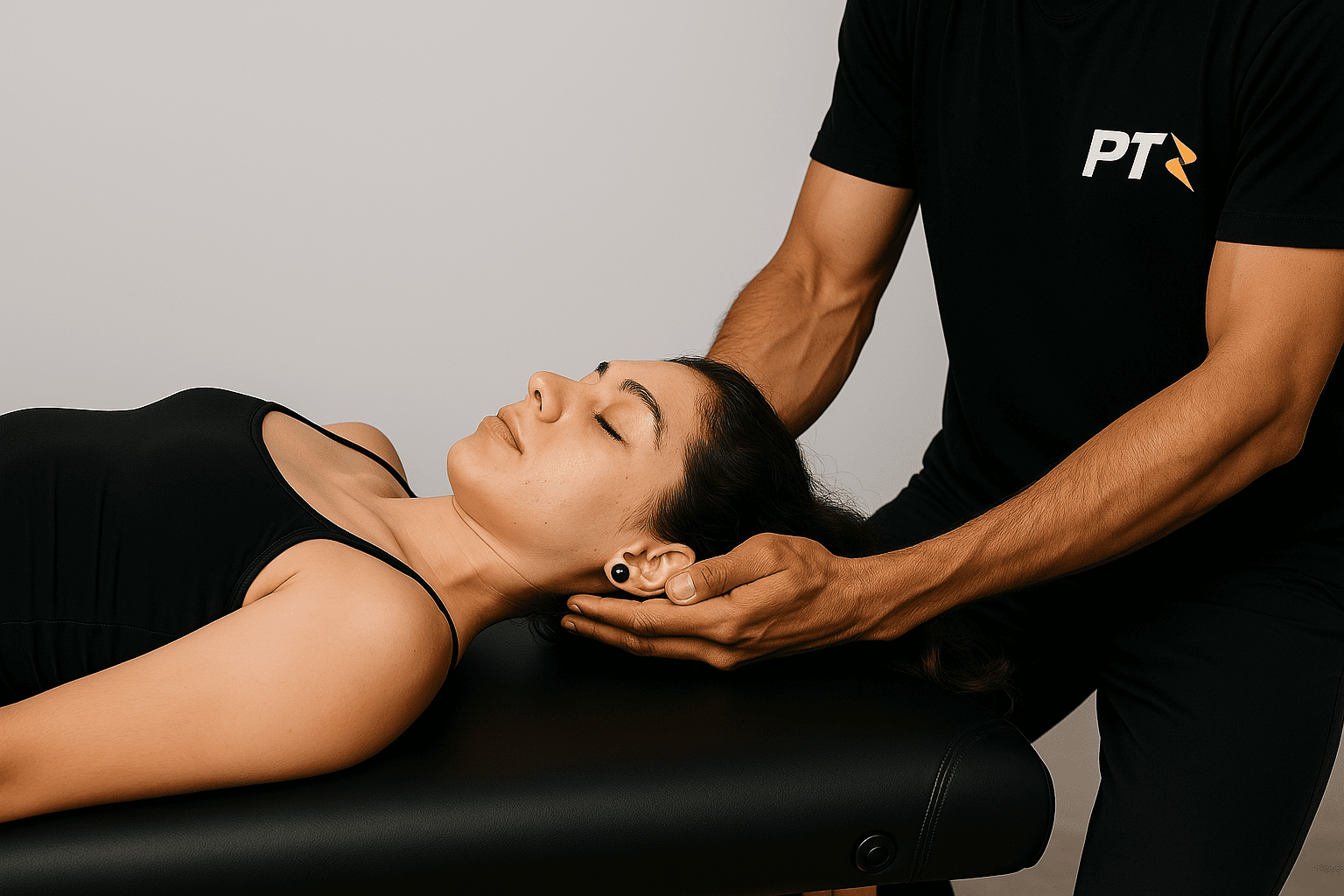
Manual Traction is a gentle, hands-on method used to decompress the spine, relieve pressure on discs and nerves, and improve overall comfort and mobility.
-
Post-Surgical Rehab
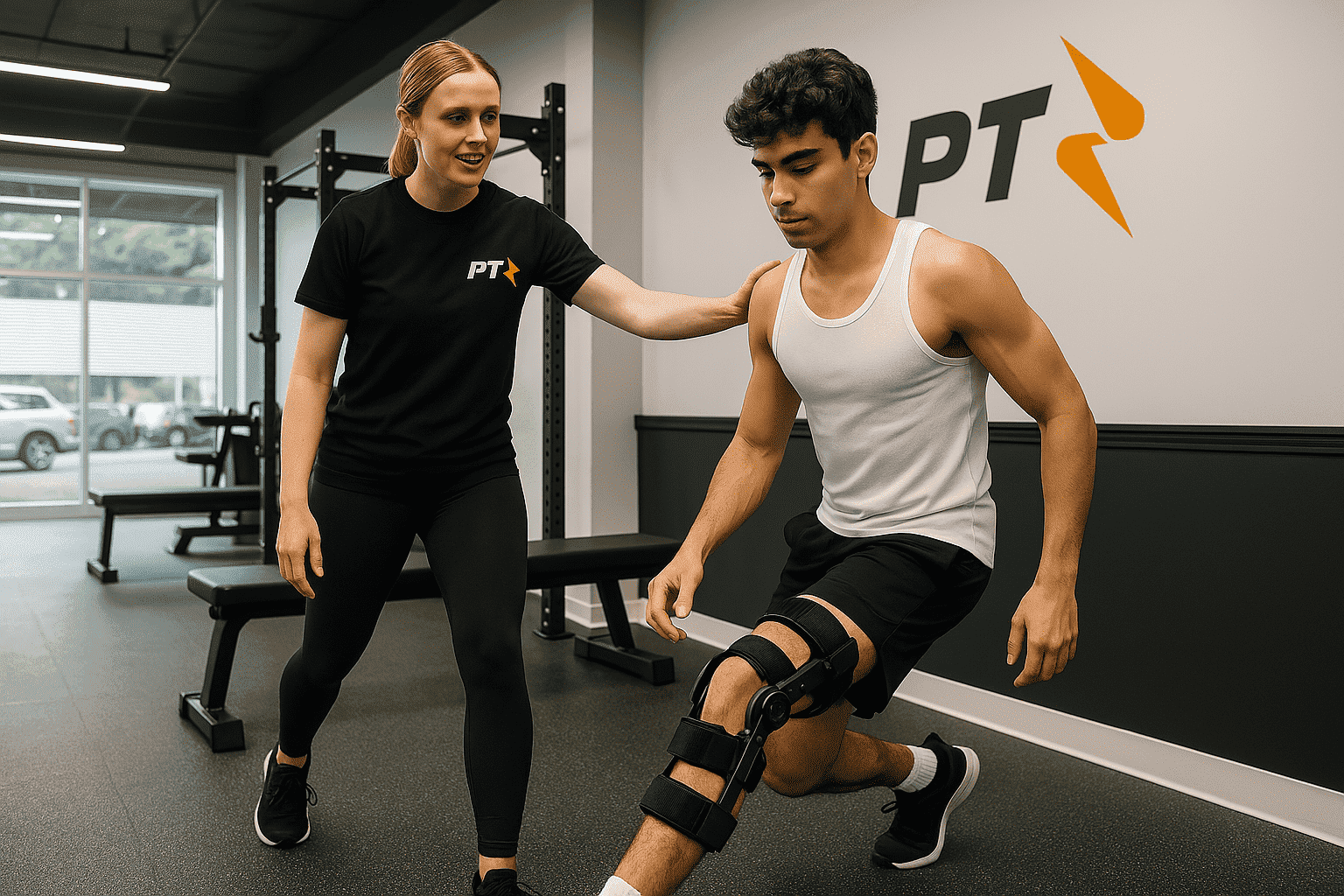
Post-Surgical Rehab is a structured recovery process designed to restore mobility, manage pain, and rebuild strength after surgery, ensuring a safer and faster return to your everyday activities or sports.
-
Physical Therapy for Weightlifters & CrossFit
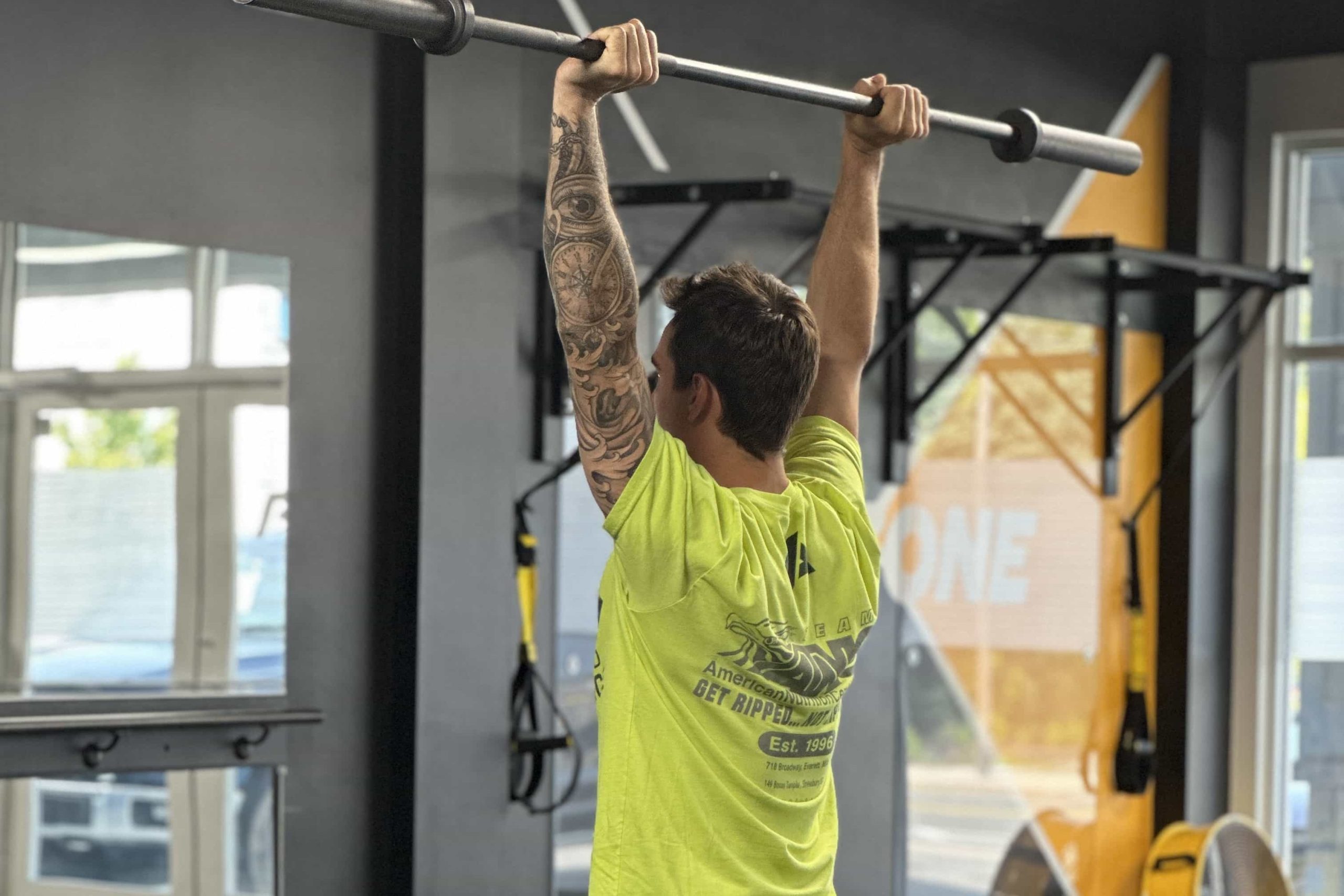
Physical Therapy for Weightlifters & CrossFit focuses on proper lifting mechanics, correcting muscle imbalances, and managing stress on joints to prevent pain, accelerate recovery, and enhance overall strength gains.
-
Physical Therapy For Runners
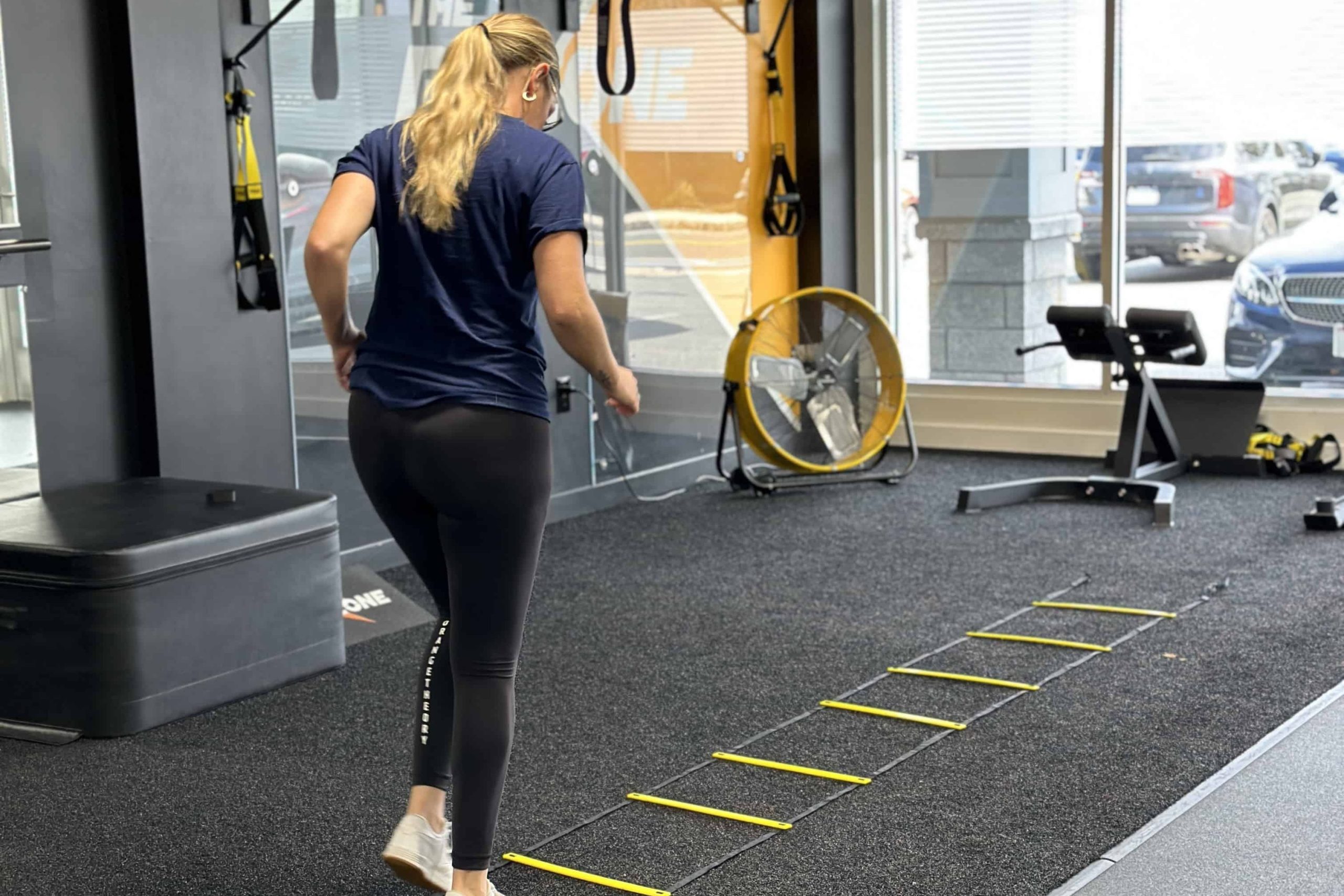
Physical Therapy for Runners focuses on refining running form, addressing muscle imbalances, and enhancing lower-limb stability to prevent injuries and boost performance.
-
Neuromuscular Massage Therapy
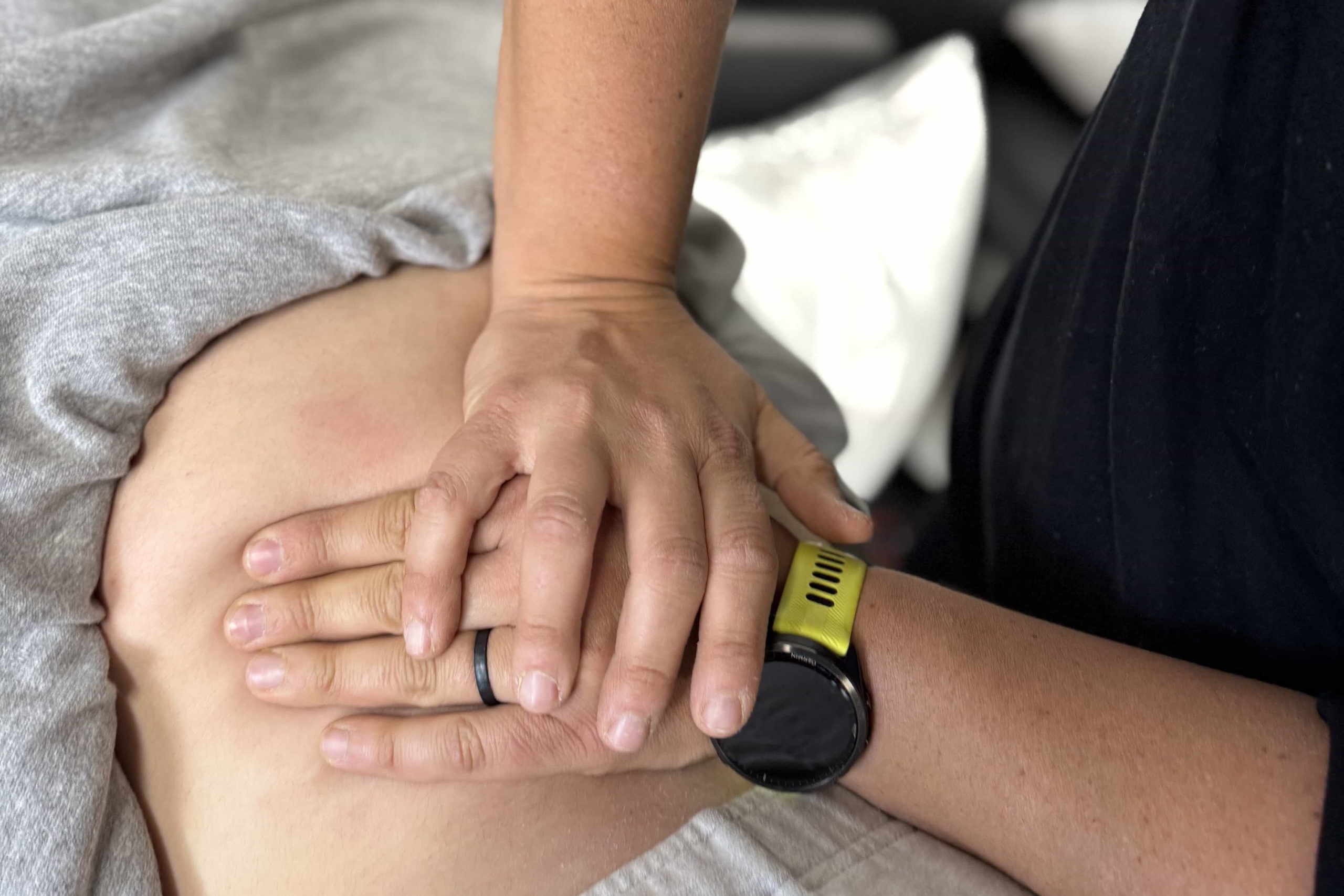
Neuromuscular Massage Therapy (NMT) precisely targets trigger points in muscles and connective tissues, relieving tension, restoring proper function, and promoting long-term pain relief.

At The PT Zone, we’re committed to helping you achieve long-term relief and restore your ability to move freely and without pain.
From the moment you step into our clinic, we tailor a personalized plan that respects both your healing timeline and your individual goals. Let us guide you through every phase of rehabilitation, so you can return to your daily routines and favorite activities with renewed strength and confidence.
Common Questions from Bony Fracture Clients
1. How long does it take for a fractured bone to heal?
Healing times vary based on the type and severity of the fracture, as well as factors like your overall health and age. While some bones can mend in six to eight weeks, more complex fractures may require several months of cautious rehabilitation. Consistent physical therapy and proper nutrition can support the healing process, helping ensure bones fuse properly. With the right care, many people regain close to full function after their fracture heals.
2. Do I need physical therapy even if my cast or brace immobilizes the fracture?
Yes. Immobilization protects the broken bone, but it can also lead to muscle atrophy, stiffness, and poor circulation in surrounding tissues. Physical therapy helps counter these effects by guiding you through safe exercises that maintain or gradually restore range of motion. Even with a cast, certain gentle movements and interventions can promote healthy circulation and better healing outcomes. Once the cast is removed, therapy becomes even more crucial for rebuilding strength and preventing re-injury.
3. How does weight-bearing activity help my fracture heal?
Weight-bearing exercises apply controlled stress to the healing bone, stimulating new bone growth and strengthening the overall structure. It’s crucial, however, that these activities are introduced gradually and under professional supervision. If done correctly, mild to moderate weight-bearing can enhance circulation, encourage the bone’s natural healing mechanisms, and foster greater stability around the fracture site. Overloading the injury prematurely, on the other hand, risks re-injury and can prolong recovery.
4. Is it normal to feel pain during rehabilitation exercises?
Some mild discomfort or soreness can be expected as your body reintroduces movement and stress to the healing area. However, severe pain is a sign that you may be pushing too hard or performing an exercise incorrectly. Your physical therapist will monitor your progress, adjust your program as needed, and guide you on differentiating between normal discomfort and pain that signals a problem. Communication and careful pacing are essential to ensure safe, productive recovery.
5. Will I regain full mobility and strength after a fracture?
Many people return to their pre-injury levels of function, especially if they receive timely treatment and follow a thorough rehabilitation plan. Nonetheless, the final outcome may depend on the fracture’s severity, your age, and any underlying health conditions. It’s important to stay committed to your exercise regimen and follow your therapist’s recommendations for home care. While complete recovery can take time, patience and consistent effort often lead to excellent long-term results.
6. Can physical therapy prevent future fractures?
Physical therapy can significantly reduce the risk of reinjury by improving balance, muscle strength, and joint stability. Strengthening the support structures around bones helps distribute stress more evenly during activities, lowering the chance of another fracture. Additionally, learning proper movement patterns and body mechanics can diminish excessive strain on weaker bones. While no intervention eliminates all risk, a well-structured rehab program is a proactive step toward safer, more confident movement.
7. How quickly should I start physical therapy after a fracture?
In many cases, initiating physical therapy sooner rather than later can help preserve strength and joint flexibility around the injured area. However, it’s vital to wait until your healthcare provider confirms you’re stable enough to begin. Once you have the green light, gentle exercises and guided movements may reduce stiffness and lay the groundwork for a smoother transition once the bone starts fusing. Collaboration between your doctor, therapist, and you ensures a balanced approach tailored to your healing stage.















